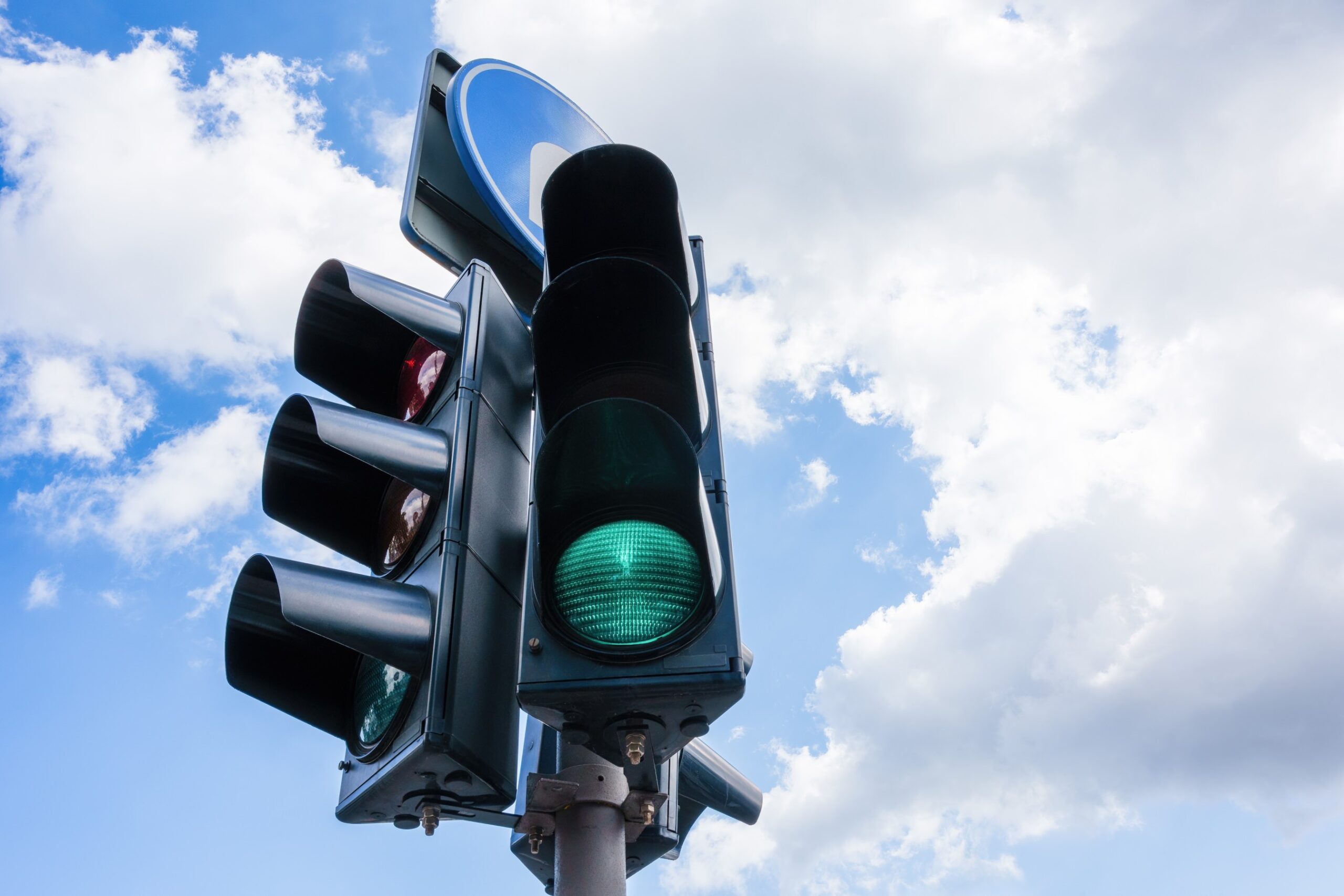Multi-Directional Radar Explained for Kansas City Drivers

You’re cruising down Ward Parkway, coffee in hand, thinking of lunch. Flash! Red and blue lights suddenly appear in your mirror. Your stomach drops. You look at your speedometer and wonder, Was I really going that fast?
In Kansas City, police use multi-directional radar as one of their speed devices. What in the world is that, you ask, and how accurate is it? Let’s break it down to see if we can make sense out of it.
1. What is Multi-Directional Radar?
Radar measures speed by bouncing radio waves off a moving object, such as a vehicle. Most radar in use today is of the ordinary type, which registers the speed of cars in one direction. Multi-directional radar, however, is in a class by itself, as it can register the speed of vehicles moving in different lanes and/or directions.
Do you know what is neat? One unit of equipment can record the speed of traffic moving in both directions, east and west. That is similar to having two radar guns in one. However, that makes it more challenging to obtain the readings.
2. How Officers Use It in Kansas City
The officer sets the radar on the side of the street, on a tripod, or in the patrol car. Then the officer has the radar pointed to the lanes of traffic that he wants to observe.
The angles mean a lot. If the radar is not pointed correctly, it will record a speed slower than the speed you were going. That is why training is necessary. Kansas City police officers have specific training courses to operate the multi-directional radar effectively.
Even that, though, is not foolproof. The weather can have some effect on the readings. For instance, rain, sun glare, or the presence of large vehicles can slightly distort the readings. However, that is not the common experience. It does occur.
3. The Doppler Effect Made Simple
Here’s the thing: radar employs the Doppler effect. Imagine a train whistle coming closer and then moving farther away as you listen. The pitch changes, doesn’t it? That’s the same principle by which radar measures speed.
The device sends out a radio wave. When that wave strikes your car, it comes back. The radar measures the speed of the vehicle by calculating the change in the frequency of the radio wave.
With multi-directional radar, it does this simultaneously to several cars. It’s like listening to several trains at the same time and trying to figure out their respective speeds.
4. Calibration: The Accuracy Check
Even the best radar is useless if it’s not calibrated. In Kansas City, police must test multi-directional radar at the start of every shift.
They use tuning forks to simulate a car’s speed. If the radar reading matches the tuning fork, it’s good. If not, it must be recalibrated.
This matters in court. If calibration logs are missing, a skilled lawyer like Speeding Ticket KC, a top Kansas City Traffic lawyer, can question the reliability of your ticket.
5. Common Challenges with Multi-Directional Radar
Multi-directional radar is powerful but not flawless. Some common issues include:
- Angle error: If the radar isn’t aimed precisely, it can underestimate speed.
- Signal interference: Large trucks or metal barriers can reflect waves incorrectly, causing distortion.
- Multiple cars: Radar may accidentally track the wrong vehicle if two are positioned closely together.
Knowing these factors helps drivers understand why not every radar reading is perfect.
6. Courtroom Relevance: How Radar Evidence Holds Up
Radar readings alone don’t convict anyone. An officer must testify about how it was used and confirm calibration.
Lawyers can request calibration logs, officer training records, and maintenance schedules. They can even question environmental conditions during the traffic stop.
With multi-directional radar, these details are even more critical. Multiple readings can increase the chance of errors, so expert review is often necessary.
7. How Speeding Ticket KC Can Help
At Speeding Ticket KC, the team carefully reviews radar-related evidence. They look for missing calibration records, certification gaps, or inconsistencies in officer testimony.
They also understand how Kansas City officers operate. Knowing local traffic patterns, typical radar placement, and common errors gives them an edge.
If your case involves multi-directional radar, having an attorney who understands both the technology and the law is essential.
8. Myths About Multi-Directional Radar
Let’s bust a few common myths:
- “Radar is always correct.” False. It depends on calibration, placement, and operator training.
- “You can’t fight a radar ticket.” Also false. Errors in calibration or operation can be challenged.
- “Environmental factors don’t matter.” Wrong. Rain, sun, and nearby vehicles can affect readings.
- “Multi-directional radar can’t make mistakes.” They can. Monitoring multiple vehicles increases the risk of tracking the wrong car.
Understanding these myths helps drivers see where a legal defense may exist.
9. Local Insight: Radar Use Across Kansas City
Kansas City police utilize multi-directional radar on highways and busy streets, such as I-70, Troost Avenue, and Ward Parkway.
Some spots are chosen for congestion, curves, or a history of accidents. However, even in familiar locations, errors can still occur.
That’s why local expertise matters. Speeding Ticket KC knows where radar is typically placed and how those areas can affect readings.
10. Takeaways for Drivers
Multi-directional radar is sophisticated, but it’s not perfect. Accuracy depends on calibration, operator training, and environmental conditions.
If you’ve received a radar-based ticket, don’t assume it’s final. You have rights and options. A Kansas City Traffic lawyer can review the evidence, find weaknesses, and fight for you. Radar is a tool, not a verdict.
FAQs About Multi-Directional Radar in Kansas City
1. How accurate is multi-directional radar?
Typically accurate within 1–2 mph when properly calibrated and operated.
2. Can multi-directional radar track more than one vehicle?
Yes. It can measure multiple lanes simultaneously, but errors may occur if cars are close together.
3. Does the weather affect radar readings?
Yes. Rain, fog, sun glare, and heat waves can cause minor distortions.
4. Can officers skip calibration?
They’re required to calibrate before each shift. Missing logs can weaken a ticket in court.
5. How can a Kansas City traffic lawyer help with radar tickets?
By reviewing calibration records, officer training, environmental factors, and identifying inconsistencies in radar evidence.
If a multi-directional radar ticket has landed in your mailbox, don’t panic—contact Speeding Ticket KC, the firm that combines technical understanding with courtroom expertise.
Remember, a flashing radar reading isn’t always the final word—records, calibration, and proper procedure matter too.

